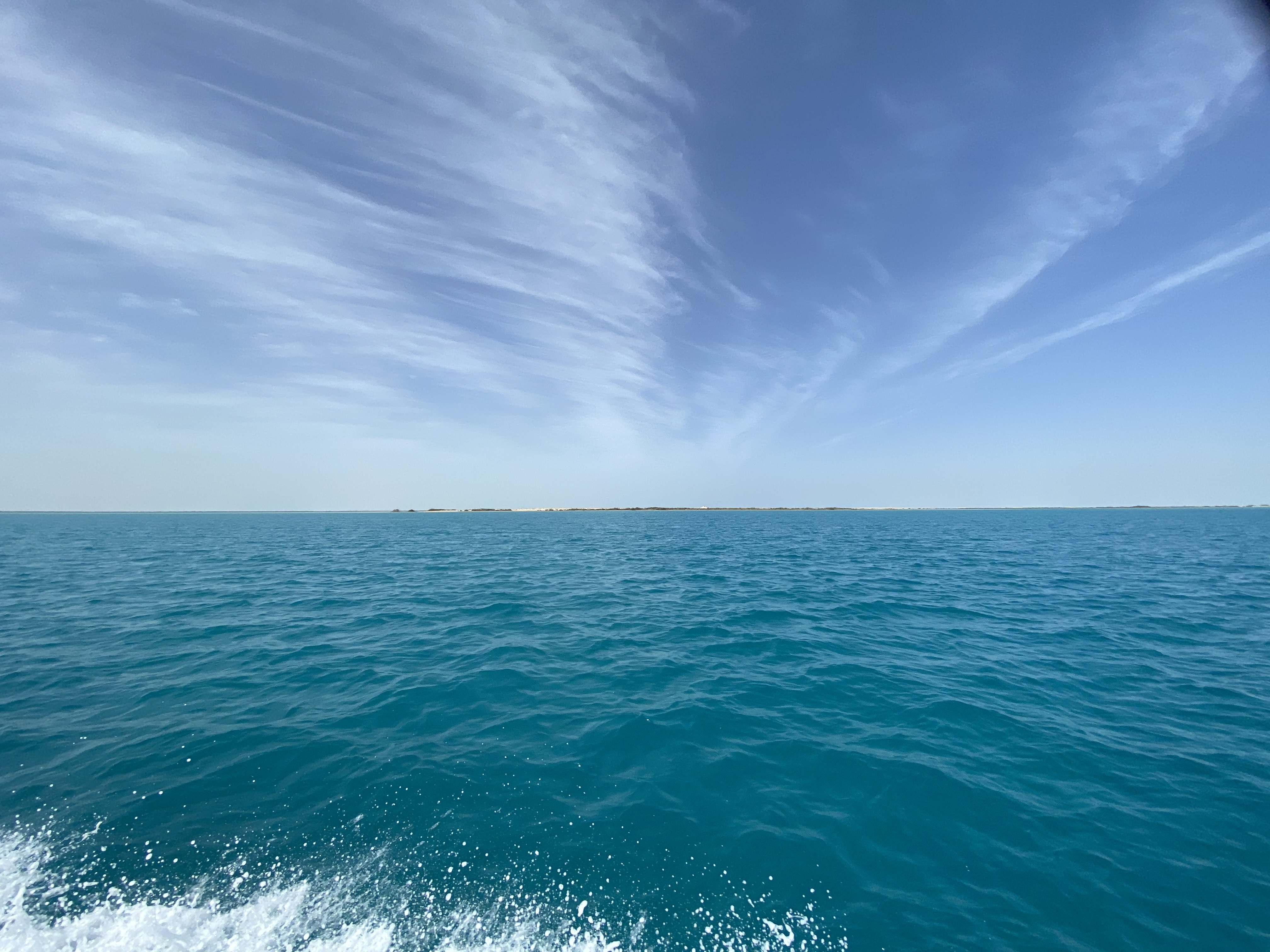

Here, we present the first active hydrothermal vent fields and associated microbial communities ever reported from the Red Sea rift. High-resolution AUV hydroacoustic data revealed one of the largest active low-temperature hydrothermal areas worldwide, consisting of 45 fields, of which ROV seafloor observations confirmed 14. The vent fields consist of numerous Fe-Mn-oxyhydroxide mounds displaying shimmering fluids venting with temperatures up to 40°C. Interestingly, thriving microbial communities dominate the mound fields instead of specialized macrofauna. The composition and microtexture of the Fe-Mn crusts emphasizes the importance of the microbes in forming the hydrothermal mounds. The Red Sea's high saline and warm bottom water conditions together with the lack of specialized vent-fauna create a unique environment for the microbes, potentially analogue to conditions during the early history of Earth. Thus, the discovery of widespread low-temperature hydrothermal venting in the Red Sea opens a new frontier in understanding early life on Earth and the role of microbes in the formation of large Fe-deposits[7].
[1]German et al. (1995) Geol. Soc., London, Spec. Pub. 87, 3-15. [2]Menini & Van Dover (2019) Marine Policy 108, 103654. [3]Corliss et al. (1979) Science 203, 1073-1083. [4]Schopf (1983) Earth's earliest biosphere. [5]Van Dover et al. (2002) Science 295, 1253-1257. [6]van der Zwan et al. (2015) Chem. Geol. 405, 63-81. [7]Konhauser (2000) Hydrothermal Bacterial Biomineralization.